2026
Global space activity by category, 2007-2027
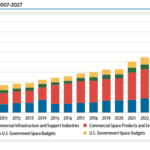
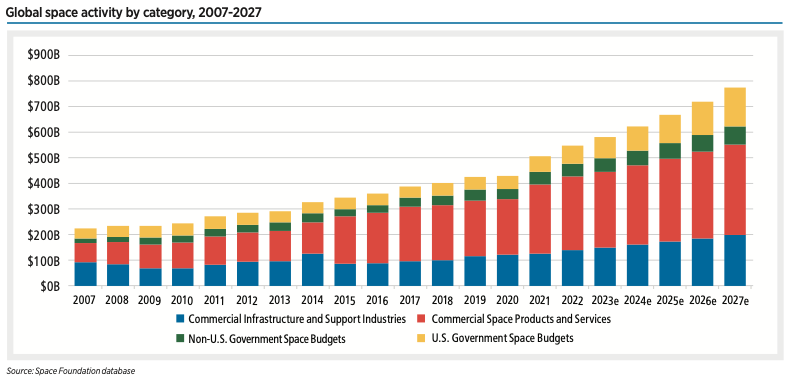
The global space economy totaled $546 billion in 2022, 8% higher than 2021 — and it could reach $772 billion by 2027, according to Space Foundation analysis. Commercial space continues to make up the majority (78%) of this total, but preliminary data shows that 81% of governments with space programs increased spending in 2023.
Global Space Activity by Category, 2007-2027


Based on global economic factors, Space Foundation forecasts that growth will slow slightly in 2023 to 6% before picking up for an average five-year growth of 7%. Under these conditions, the space economy would total $772 billion in 2027. This forecast incorporates existing markets in the space economy and does not predict any future disruptive technologies that could have extraordinary growth over the coming years.
Number of FAA Licensed and Permitted Operations Worldwide by Fiscal Year, 2015-2026

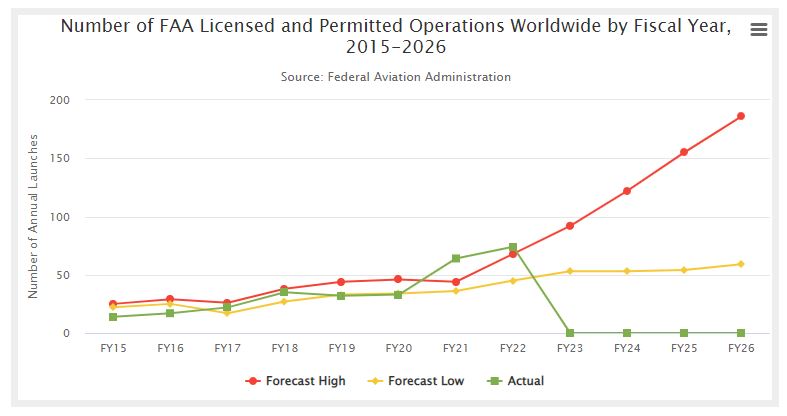
The Federal Aviation Administration’s (FAA) Office of Commercial Space Transportation and the Office of Spaceports have growing data supporting the rising pace of launches and the current strain on U.S. launch capacity.
Global Space Activity by Category, 2005-2021
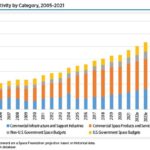
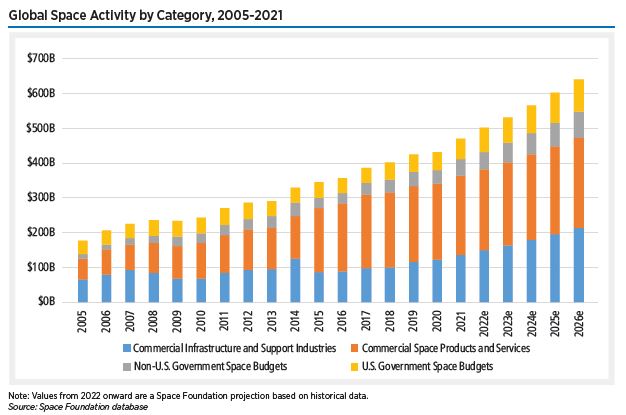
For this year’s analysis, Space Foundation incorporated historical data and 2022 government spending to project the global space economy’s growth over the next five years. Using our methodology, we predict that the total could reach $639 billion by 2026. Our modeling takes a more conservative approach based on average growth of established sectors and does not factor in developing sectors such as lunar habitation or still exploratory concepts such as asteroid mining.
Projected Global Space Activity by Category, 2026

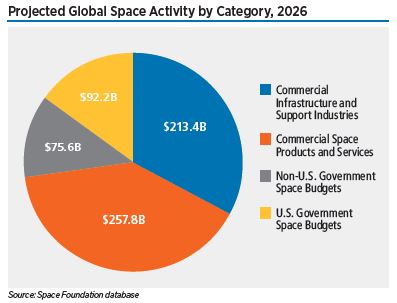
While LEO remains an integral part of the global space economy, interest in cislunar and deep space exploration is growing. Japan, Russia, and the United Arab Emirates (UAE) all have plans to launch lunar landers in 2022, while India’s lunar mission will likely launch in 2023. Many space agencies have set their sights on returning humans to the Moon.